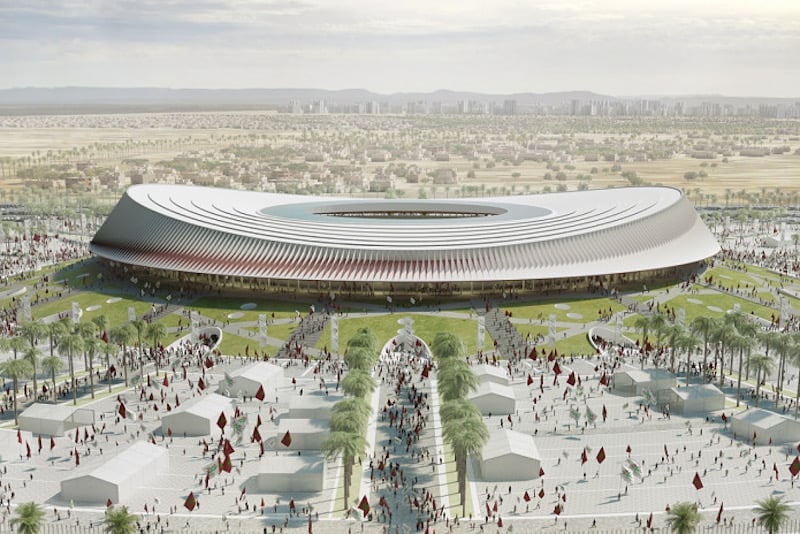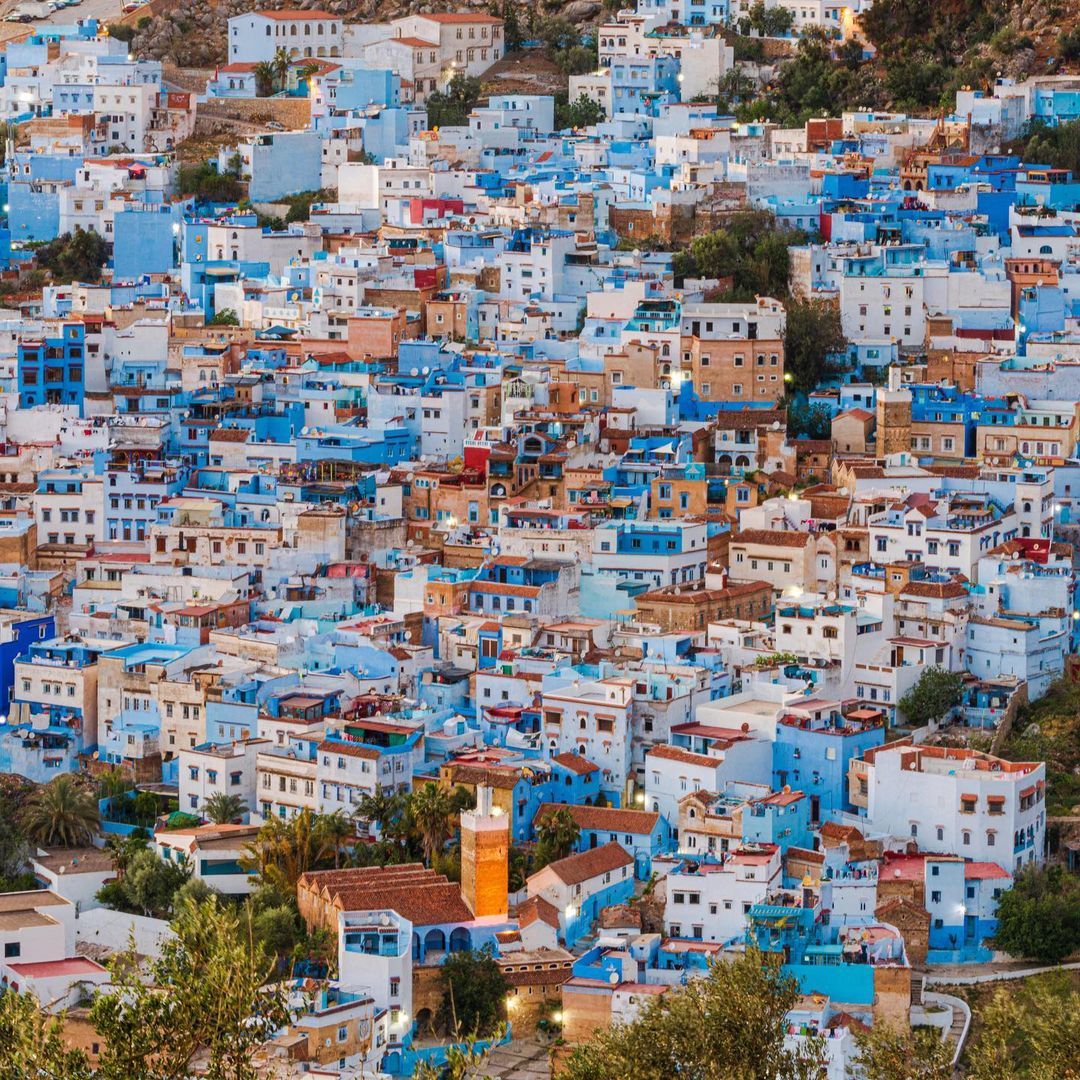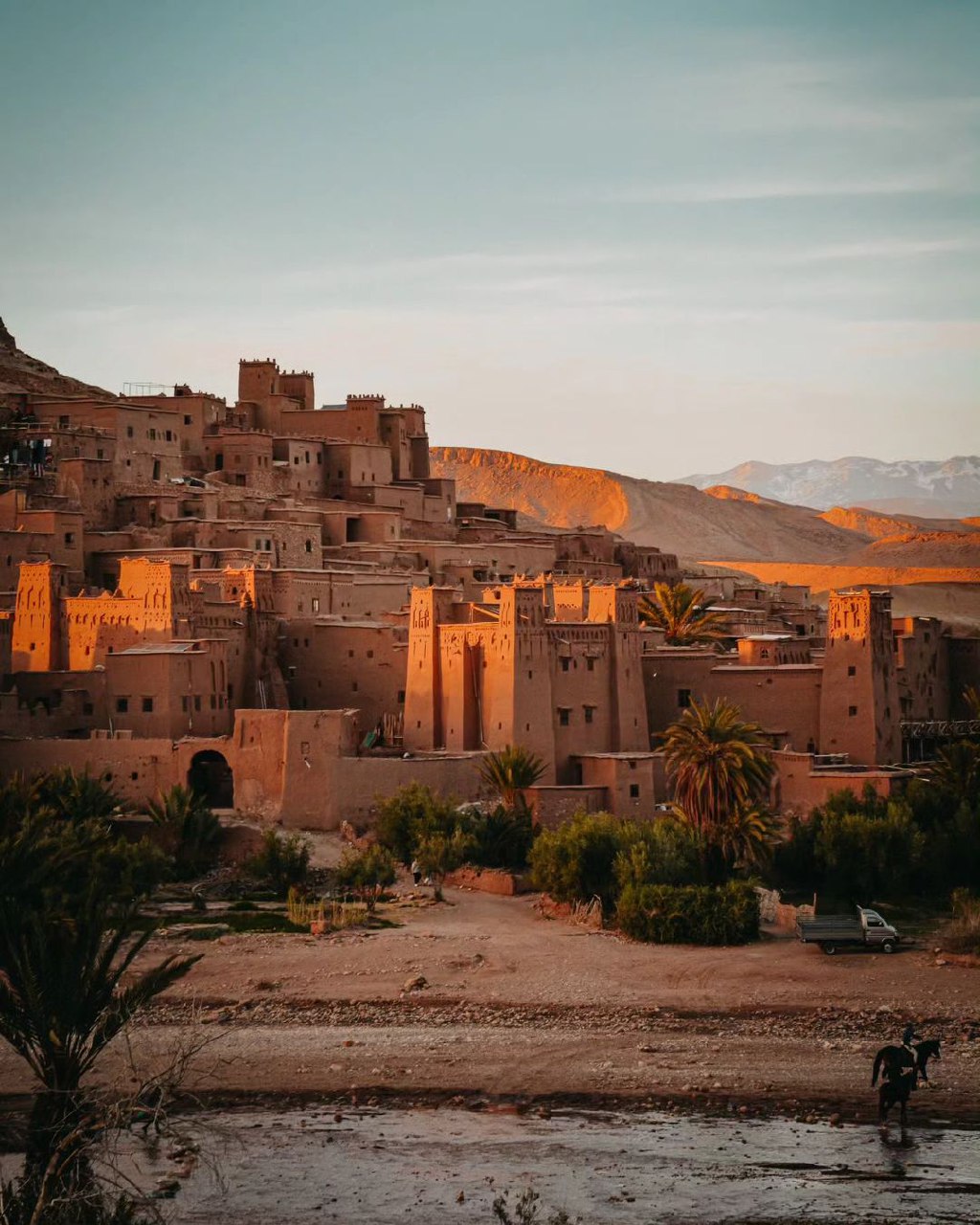In recent news, the Spanish newspaper “Marca” has reported on Morocco’s ambitious plan to construct a new stadium with a seating capacity of 113,000 spectators in the city of Ben Slimane. The purpose of this grand project is to position Morocco as a strong contender to host the 2030 FIFA World Cup final. The development has caught the attention of sports enthusiasts and fans worldwide. Let’s delve into the details of this exciting initiative and what it means for the global football community.
A Grand Vision for the 2030 World Cup
Morocco’s vision is clear: they want to secure the honor of hosting the World Cup final in 2030. The plan involves building a colossal stadium in Ben Slimane, capable of accommodating an astounding 113,000 spectators. This impressive capacity demonstrates Morocco’s commitment to providing a world-class venue for one of the most significant sporting events on the planet.
A Competitive Bid for World Cup Hosting
Morocco’s decision to construct this mammoth stadium is part of their strategy to enhance their bid for hosting the 2030 World Cup. The new stadium significantly strengthens Morocco’s case, as the country has also committed to renovating five other stadiums included in the project. These upgrades will range from minor refurbishments to comprehensive modernizations, starting with the Marrakech stadium, which is expected to have a seating capacity of 60,000.
Spain as a Competitor
While Morocco’s determination is evident, it’s important to note that Spain is considered a strong contender in the race to host the 2030 World Cup. Spain’s Santiago Bernabéu stadium in Madrid is one of the potential venues for the final. As the competition for hosting rights heats up, football fans around the world will be eagerly awaiting the final decision.
A Royal Commitment to Sports Development
Morocco’s commitment to enhancing its sports infrastructure is commendable. Prime Minister Aziz Akhannouch led the signing of a partnership agreement between the government and the Deposit and Management Fund. This agreement is set to finance a comprehensive program for the rehabilitation of six football stadiums. These stadiums have been carefully selected in accordance with royal instructions. They are located in key cities such as Tangier, Casablanca, Rabat, Agadir, Marrakech, and Fes. Additionally, the plan includes the construction of a brand-new stadium in Ben Slimane.
The government’s statement emphasized that this partnership agreement is a crucial step toward achieving the royal vision of further developing football sports infrastructure in the kingdom. The aim is to ensure that the six stadiums undergoing rehabilitation and modernization align with the African Football Confederation’s standards by 2025 and FIFA’s standards by 2028.
Morocco’s dedication to sports development and their pursuit of hosting the 2030 World Cup are testament to the passion and enthusiasm for football in the country. With the grand stadium project in Ben Slimane and the comprehensive upgrades planned for other stadiums, Morocco is making a strong case to be the host of the world’s most-watched sporting event. As the competition unfolds, the global football community will be watching closely, eagerly anticipating the final decision for the 2030 World Cup host.




